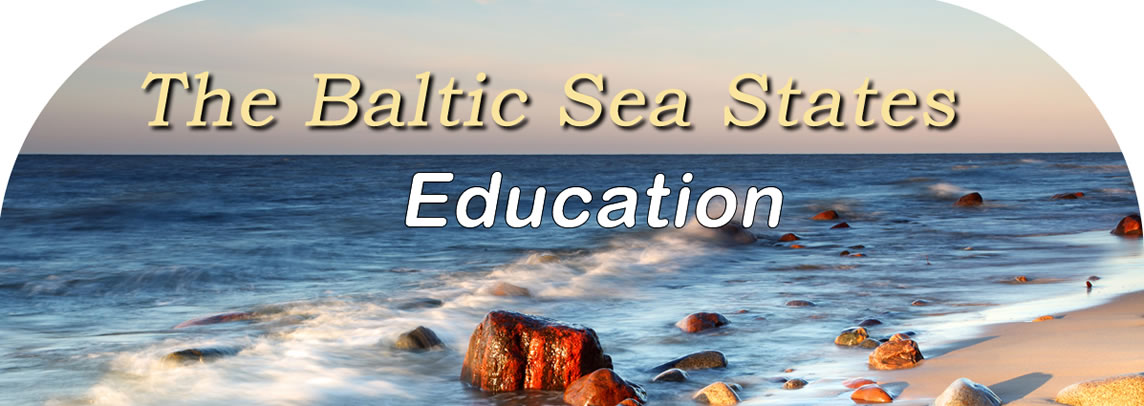
Educational Policies in Poland Since the fall of communism in Poland, the educational system has undergone radical changes. It is fascinating to note the developments in education since the era of the 1950s Stalinist regime to the modern day era in the 2000s. The 1950s and Stalinist Regime World War II left Poland with
an extremely homogenized population. After the majority of the
Jewish population and other major ethnic groups had been destroyed
due to World War II, the majority of the population was Roman
Catholic and ethnically Polish. The Communist regime had an
interesting impact on the population during this time period. Over
300,000 individuals from working-class or impoverished backgrounds
were able to ascend into professorship and other elite positions as
a result of the expansion of opportunities by communists. By the
late 1960s, however, this number dropped to fewer than 25 percent of
the population entering professorship positions from working-class
or middle class backgrounds. Contemporary Education in Poland As far as the educational system is concerned, now education for children begins at the age of five or six. Compulsory education is free of charge for all children in Poland. Children must have one year of education before entering the first grade at age seven. Children then take an exam to determine the middle school (grades 7, 8, and 9) as well as high school to attend. The majority of children learn at least two languages during their time in school. These languages are usually English or German, in addition to Polish. The educational system in Poland is based upon two semesters. The school year typically begins in October and ends in June. Graduate School in Poland Today, the intelligentsia
continues to be built mostly from individuals of land-owning or
aristocratic classes. The individuals in this group have an
admiration for Western scholarship, values and culture. © Baltic21.org 2013, All Rights Reserved |
